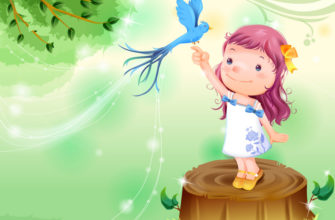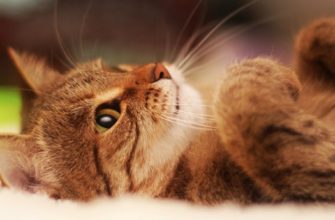Toddlers often ask why camels are called “kings of the desert” and how they manage to get along without water for a long time. In order to answer these questions, mom and dad will first have to explain to the child why the camel needs humps.

A camel is the only animal that can do without water in the desert for a long period of time. He has one feature - the humps, thanks to which he manages to do this.
Camel hump is a place to store fat and other nutrients. A few days before the trip, a camel eats a large amount of food and drinks a lot of water. He absorbs so much food that his hump begins to rise above his back, sometimes reaching a weight of about 45 kg. When the body of a camel needs food and water, the fat accumulated in its humps, interacting with oxygen, “burns” and is converted into water.
Scientists have reliably established that out of 100 grams of fat in the humps of a camel, 107 grams of water are released. Imagine how much water you get if you “melt” all the fat in two humps of a camel, when only one hump weighs almost 40 kg.
In general, the entire structure of this unusual animal is subject to the regime of “water saving”. Camels sweat a little, so the loss of moisture when they are under the sun is insignificant. Their breathing is slow, and their nostrils are arranged in such a way that the moisture released by them during breathing accumulates in a special fold, after which it enters their mouth.
Near the abdomen, they have a kind of cavity, also designed to store water supplies. These cavities resemble flasks in their shape.
The camel’s kidneys filter several times the liquid to be further excreted, as if “sucking out” the most valuable from it. If you look at the camel litter, it becomes clear that all the liquid remains inside his body - the litter is so dry that you can even make a fire with it. Desert residents and travelers often use litter for this purpose.
Similar structural features of this animal allow him to steadily overcome huge distances in the desert, without any food or water. No other animal is so adapted to life in the desert.
A camel can do without water for ten days, and without food - up to a month.
Towards the end of his journey, and as the camel is exhausted, its hump decreases in size and looks flopped to one side. After a tiring “walk”, a camel needs to have a good rest in order to gain strength and stock up on new fat.
Having reached the source of water, a camel can immediately drink up to 200 liters of water.
Humps also serve camels as a defense against the harsh sun of deserts, covering a large part of their body. In addition, the concentration of body fat on their back provides excellent heat dissipation, which helps these animals avoid overheating and hypothermia. Fat hump performs the function of "temperature regulator".
It is known that nights in the desert are very cold, so the hump during this time manages to cool down to 34 degrees. Due to this temperature, camels do not freeze at night. In the afternoon, when the sun is heated to the limit, and the air temperature exceeds 70 degrees, the hump “cools” the body of the animal.
Camels have one or two humps, depending on where they live. For example, an Arabian camel has only one hump, since its habitat can be called “sparing”. And the Bactrian camel from Central and Central Asia has two humps, as the climatic conditions of his life are more severe. This species survives even in the harshest and most extreme conditions of the desert: the scorching sun, lack of water, cold winters.
Interesting fact: The peoples of North Africa consider camels to be sacred animals that embody special strength, endurance and endurance.
Lecture "Parental Pedagogy: the age of why









Why so much complexity and detail? It is enough to say to the crumb that in camel humps water is stored, which animals gradually drink. They explained it to me in childhood, but now I have passed this “experience” on to my baby.
Honestly, I also learned interesting facts for myself, my son is five years old, so I know the constant questions. I slightly simplified this story, replacing some phrases that were clear to the child, and he understood everything. So it came in handy.
When my baby saw this strange animal, it was precisely this question that he asked. I compared the hump with the refrigerator. Like, a camel holds a supply of food and water there. She also told how wise this animal is. Somewhere I read a parable about this, the child liked it, ceased to be afraid of camels.